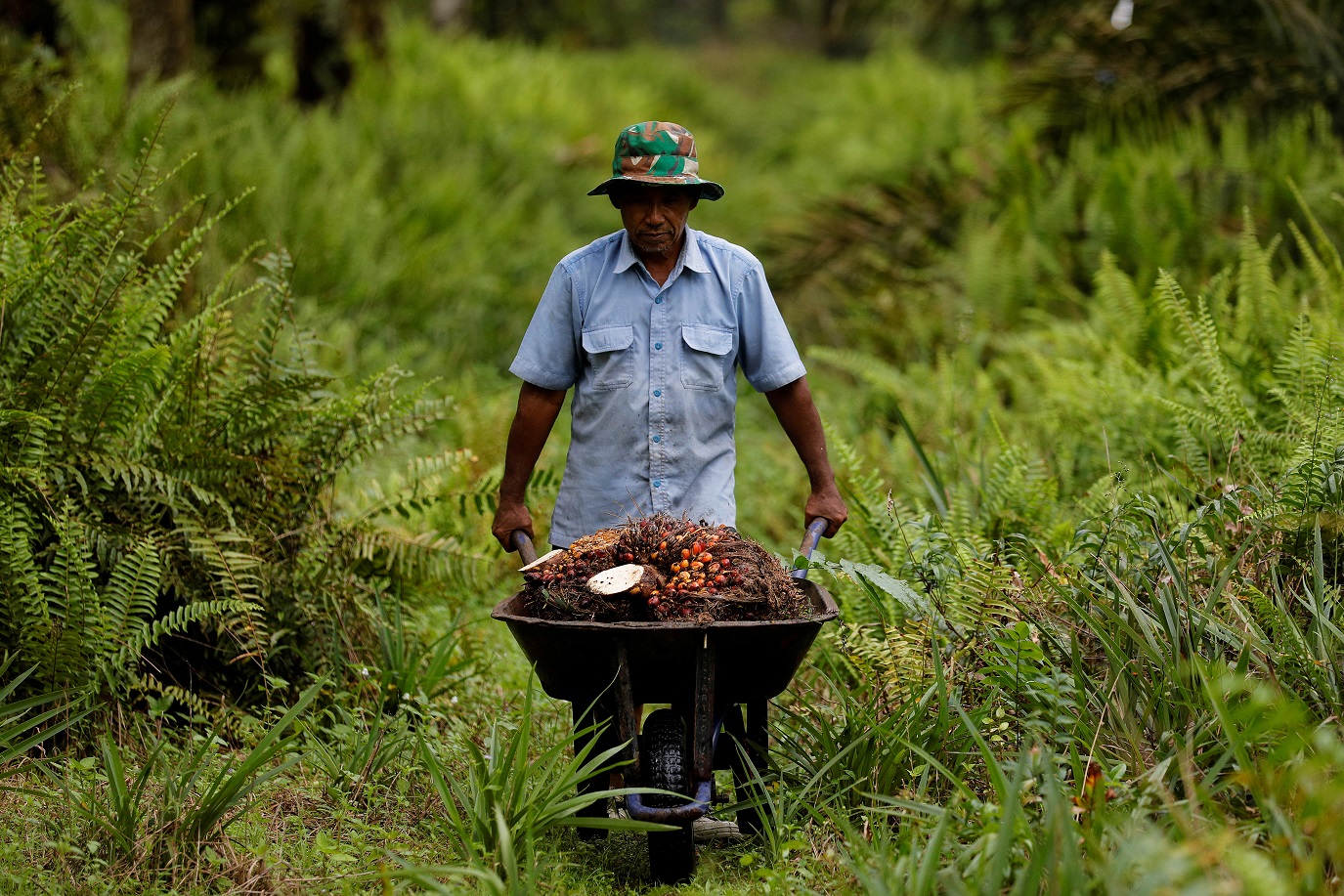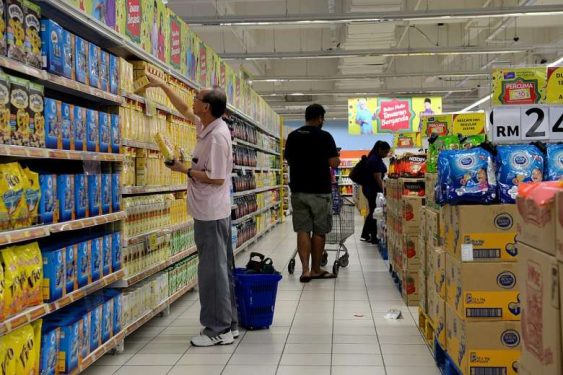ALTHOUGH downward pressure is likely to weigh in on crude palm oil (CPO) prices over the coming months as fruiting picks up seasonally, the downside is that palm oil prices could be limited.
In fact, Kenanga Research expects CPO prices to stay elevated in view of:
- Supply tightness in the global edible oils and fats market worldwide;
- Output of palm oil and soybean oil should improve in 2H 2022 but by not much – the improvement can best be described as preventing the tight situation from deteriorating further rather than lifting supply significantly;
- China’s inventory is believed to be low and the economy has yet to fully re-start;
- Firm hydrocarbon fuel prices will encourage biodiesel usage if vegetable oil prices weaken sufficiently.
“On balance, palm oil prices should stay firm for CY2022 and probably into CY2023 as well,” projected analyst Teh Kian Yeong in a plantation sector update.
“Our current CPO price assumptions for CY2022 and CY2023 remain at RM4,000/metric tonne (MT) and RM3,500/MT but we are upgrading on a case-by-case to RM4,500/MT for CY2022 and RM4,000/MT for CY2023.
Yesterday (May 10), Malaysia Palm Oil Board (MPOB) reported that April 2022 palm oil stockpiles rose for the first time in six months to 1.64 million MT (+11.5% month-on-month [mom]; +6.2% year-on-year [yoy]).
However, the surprise was the disappointing exports of 1.055 million MT (-17% mom, -22% yoy). Exports were particularly weak to China, Pakistan and Turkey while April exports to the European Union were also weaker compared to March although it remained firm yoy on a cumulative year-to-date (YTD) basis.
Meanwhile, a more forward looking RHB Research stressed the need to address what happens once the Indonesia export ban is lifted, the Russia-Ukraine conflict ends, and the labour shortage situation in Malaysia has been resolved.
“Stock levels in Ukraine and Indonesia will build up, vegetable oil supply will be abundant and vegetable oil prices will decline. The only question is when this will happen,” cautioned analyst Hoe Lee Leng.
In justifying its concerns, RHB Research noted that Indonesia produces 3.5 million to four million MT of CPO per month of which circa 35% is used domestically.
This means that for every month the ban is applicable, there will be an additional 2.4 million tonnes of CPO in stock which is circa 48% of the closing stock in the country of end-February 2022 of five million tonnes.
“Even prior to this export ban, Oil World was already projecting that stock levels in Indonesia will rise 33% yoy in CY2022F,” contended the research house.
As for Ukraine, assuming Oil World forecasts are correct, sunflower seed stock levels at the end of the 2022 season will also escalate to 4.55 million MT (from 100,000 to 200,000 MT tonnes in previous years).
“If the conflict ends, all this excess stock will also make its way into the market,” reckoned RHB Research.
“Nevertheless, given the height of prices currently at above RM6,000/MT, we believe it may take some time for prices to fall back and as such, we also raise prices for 2023. We will adjust our earnings during the upcoming reporting season.”
The research house has raised its CPO price assumptions to RM5,300/MT for 2022 and RM4,300/MT for 2023 but keeps its RM3,500/MT price assumption for 2024 intact. – May 11, 2022









